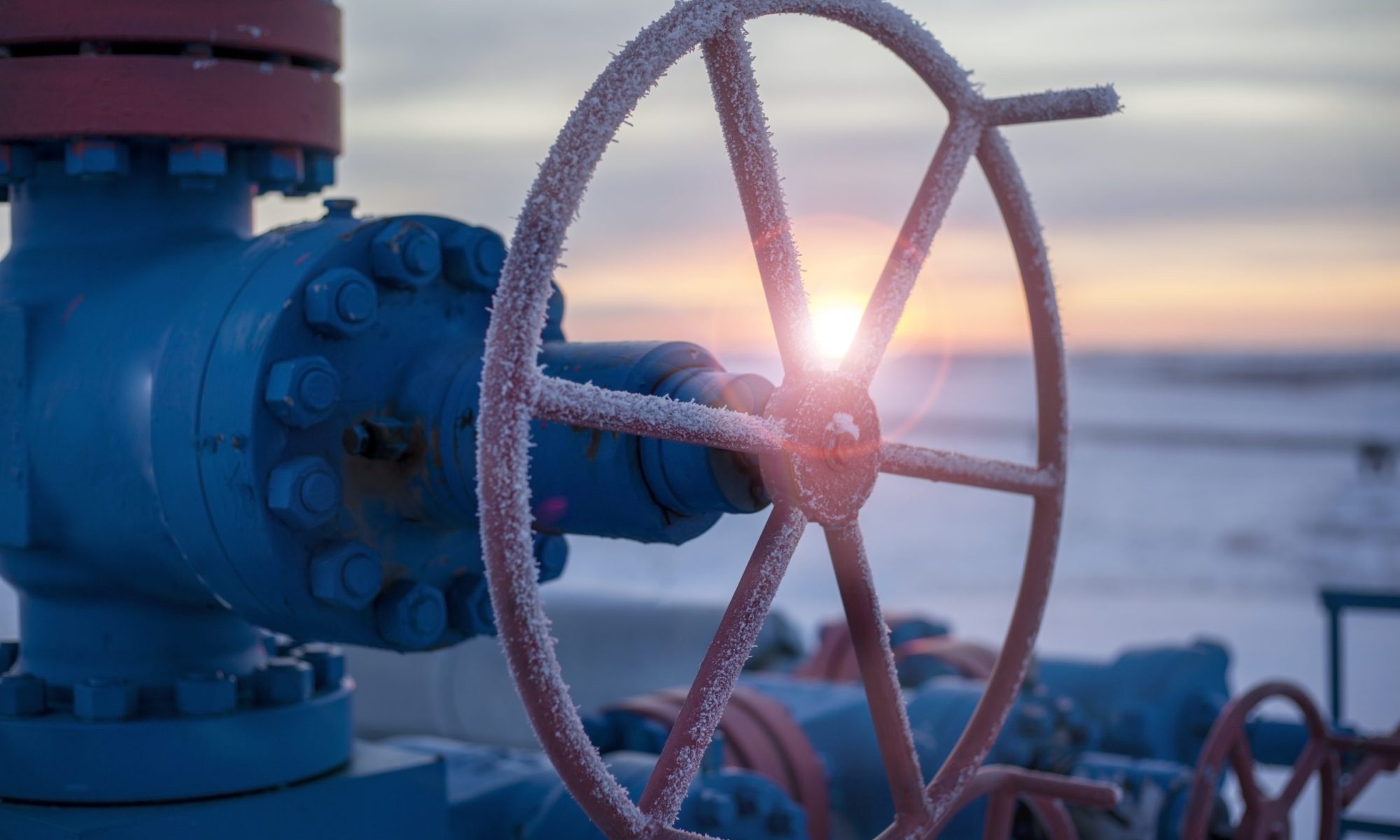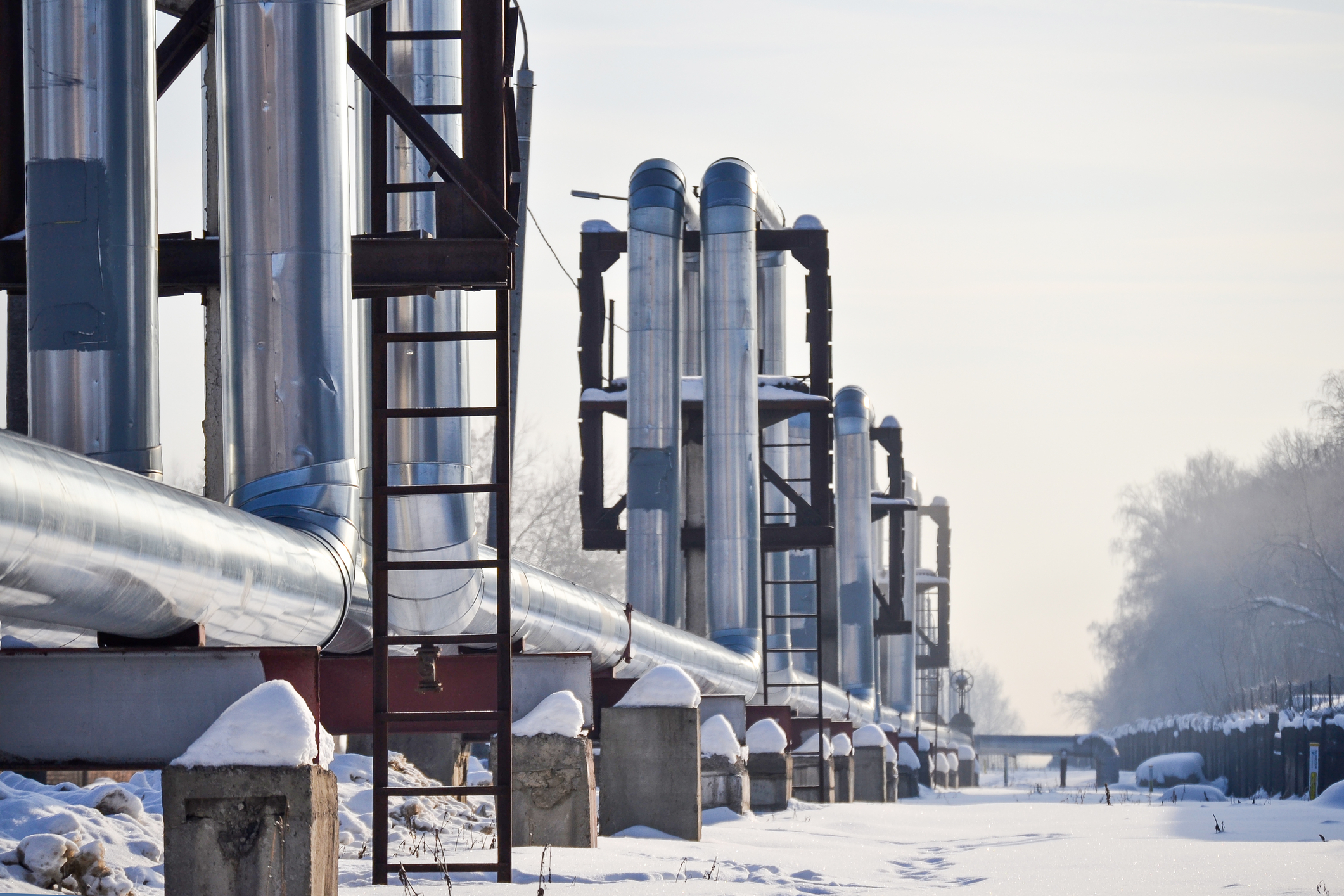Explore the different designs and materials of cryogenic valves that are capable of withstanding extreme temperatures and liquefied gases in various applications.
By Bernard Horsfield

Cryogenic valves play a critical role in industries that handle liquefied gases such as LNG, liquid oxygen, nitrogen, hydrogen, and helium. These valves must withstand extreme temperatures, typically below -150°C (-238°F), without failure.
Selecting and engineering the right cryogenic valve is essential for safety, reliability, and long-term performance.
This article explores key design considerations, material selection, common challenges, and best practices in cryogenic valve engineering.
1. Key Design Considerations
Cryogenic valves must operate reliably under conditions where conventional valve designs would fail. At extremely low temperatures, materials contract and can become brittle, which makes careful material selection paramount.
Thermal cycling poses a significant risk to materials and could cause leakage. As a result, effective design methods are critical to performance. To minimize heat transfer and ensure proper stem function, extended bonnets are essential; drip collars and waterproof insulation are also important since they help reduce frost and ice formation that would otherwise impair valve performance. Additionally, a good cryogenic valve has the lowest operating torque possible to prevent excessive mechanical stress during use.
2. Material Selection for Cryogenic Valves
Material performance changes dramatically at cryogenic temperatures. Many common metals become brittle and prone to cracking, which leads to failures. Proper material selection is critical. For example, carbon steel cannot be used as it becomes brittle and unreliable at cryogenic temperatures, making it unsuitable for applications below -30°C (-22°F).
3. Common Challenges in Cryogenic Valve Engineering
3.1 Brittle Fracture Risk
Metals become more brittle at cryogenic temperatures due to reduced atomic mobility and increased stress concentration. Materials including stainless steel, nickel alloys, and aluminium offer more toughness at low temperatures.
3.2 Seat and Seal Performance
Elastomeric and polymer seats can harden and crack (depending on the design) at cryogenic temperatures, leading to leakage. Common seat materials include:
- Filled Polytetrafluoroethylene (PTFE or Teflon): Polytetrafluoroethylene has low friction and reliable chemical resistance, but it shrinks at cryogenic temperatures and is only suitable for small valves.
- Polyether Ether Ketone (PEEK): Polyether Ether Ketone has higher strength and durability. However, it is more costly and doesn’t efficiently manage shock loading (physical or temperature).
- Metal Seated Valves: These are used where extreme conditions require durability (cryogenic). These are typically fitted with a ‘non-metallic’ seal for bubble tight shutoff.

3.3. Thermal Expansion & Contraction
Cryogenic valves undergo significant dimensional changes during cooldown and warm-up cycles, which can create several operational challenges. Shrinking seals may result in both seat and stem leakage, while differential expansion can cause components to loosen. Typically, in triple offset valves, disc and seat misalignment can further compromise performance.
Warm-up cycles may pose safety concerns, particularly when trapped media expands within the system, producing devastating pressures. It must be noted that whilst a lot of calculations can give an ‘indication,’ actual R&D through testing is the only tangible way to check and analyse any design.
4. Best Practices for Cryogenic Valve Design & Selection
4.1. Use Extended Bonnets
Cryogenic valves usually include extended bonnets to distance the packing from the cold zone, preventing stem freezing and leakage. These originate from the Shell cryogenic standards and exist as ‘cold box’ or ‘non-cold box’ lengths. Drip plates also need to be included to stop icing.
4.2. Choose Proper Stem Seals
Graphite packing withstands extreme temperatures but may leak over time. But another reason graphite is chosen is fire safety. Bellows seals provide a more robust solution by preventing gas leakage through stem packing. They also provide a warning of leakage.
4.3. Conduct Cryogenic Testing
Cryogenic testing is an extremely dangerous and expensive process. But cryogenic valves must undergo low-temperature testing to verify functionality and leakage performance. This is because copying or replicating another cryogenic valve doesn’t automatically mean it will work.

Common tests include:
- Helium Leak Testing – Ensures zero leakage under extreme cold.
- Liquid Nitrogen Testing – Simulates real-world conditions.
- Thermal Cycling Tests – Measures performance under repeated expansion/contraction.
LNG valves are difficult to test at the temperatures they will be used at, but liquid Nitrogen (LiN) can be utilized as the closest media capable of providing stable environments.
All tests are performed back to front, especially for liquid service. The liquid exists on the outside while gas is on the inside.
4.4. Use Proper Actuation Systems
- Manual Valves – These valves require long extensions for gearboxes, which require low-torque operation to avoid freezing issues.
- Pneumatic & Electric Actuators – Pneumatic & electric actuators must use low-temperature lubricants and materials.
- Hydraulic Actuators – Hydraulic actuators are generally avoided in cryogenic services due to fluid viscosity changes.
5. Industry Applications of Cryogenic Valves Include
- LNG Transport & Storage – Tankers, terminals, pipelines.
- Industrial Gas Processing – Oxygen, nitrogen, hydrogen handling.
- Aerospace & Rocket Fuel Systems – Liquid oxygen (LOX) and liquid hydrogen (LH2).
- Medical & Scientific Applications – MRI machines, particle accelerators.
Conclusion
Cryogenic valve selection and design both demand a deep understanding of low-temperature materials, sealing technologies, and thermal effects. Proper material selection, extended bonnets, and rigorous testing are key to ensure long-term performance and safety. By following best practices, end users can minimize risks and optimize reliability in extreme environments.


